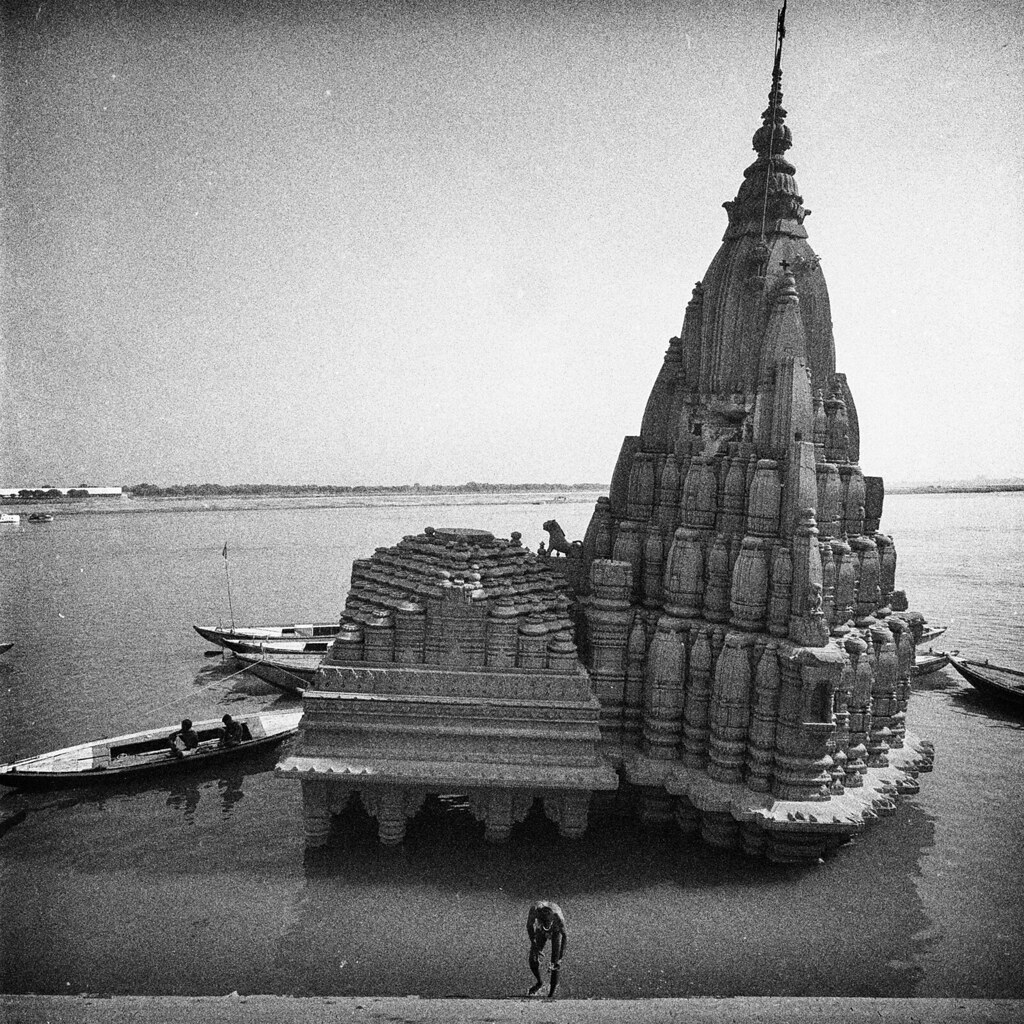Rayt
Nonplayer Character
I didn’t catch it under the loupe but when I scanned it years later it was obvious I got sloppy at rinsing off the negative. On the left you can see streaks as well as spots. Is it possible to re-wash it after several years? Since it’s one of my favorite shots something impossible to reshoot I would like to clean it up.
 20200819-ray-swc-001 by Ray T, on Flickr
20200819-ray-swc-001 by Ray T, on Flickr
 20200819-ray-swc-001 by Ray T, on Flickr
20200819-ray-swc-001 by Ray T, on Flickr
